Adoption by farmers is likely in years to come
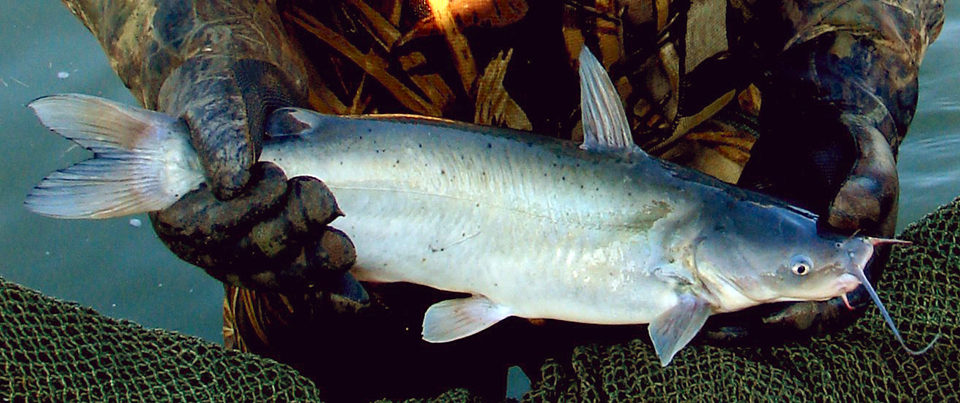
The farm-raised catfish industry in the United States started in the late 1960s and rapidly grew to become the largest segment of the nation’s aquaculture industry, generating over 40 percent of the total value of aquaculture production. More recently, however, competition from cheap imported fish has caused huge losses to catfish farmers.
In general, the U.S. catfish industry has stagnated during the last five years, and production has decreased by a third in an industry that was once doubling in size every decade. The industry is currently struggling to keep pace with increasing costs for feed and fuel, production inefficiencies and continued competition from foreign fish.
Hybrid catfish
Channel catfish (Ictalurus punctatus) is the most important catfish species raised in the United States. It has several desirable traits, including rapid growth, ease of spawning, tolerance to wide ranges of temperatures and water quality, good product quality and high consumer acceptance. However, channel catfish have relatively non-uniform growth rates, are adept at evading capture by seining and are susceptible to species-specific diseases.
In the interest of increasing the efficiency of catfish production, channel catfish females have been crossed with blue catfish males to produce hybrid offspring. Research and field trials have shown that hybrid catfish have performance superior to channel cats, with improved growth rates, resistance to diseases, tolerance to stressors, processing yields and ease of seining.
Fry production
Open pond and pen spawning methods are generally unreliable means of hybrid fry production and are not suitable for commercial production. The large-scale production of hybrids relies upon hormone induction and strip spawning of channel catfish females and artificial fertilization with blue catfish males.
Fully mature channel catfish females are ovulated by hormone treatments. Eggs are manually stripped and fertilized with macerated blue catfish male testes sperm solution. The fertilized hybrid eggs are water hardened and incubated in mesh baskets in catfish hatcheries. Hybrid fingerlings are raised similarly to channel catfish in production ponds.
History of hybrids
Harry Dupree first elaborated on the techniques that facilitate channel catfish and blue catfish hybridization in 1966. The channel x blue hybrid catfish is the only hybrid among 28 interspecific hybrid crosses and backcrosses evaluated within the family Ictaluridae that exhibit dominant traits desirable for intensive aquaculture.
In 2001, Gold Kist Aquaculture in Inverness, Mississippi, USA, became the first private hatchery to commercially produce hybrid catfish, raising 2 million fry in a season. U.S. Department of Agriculture research grants stimulated interest among commercial producers. In 2004, Eagle Aquaculture, a subsidiary of Aetos Technologies under Auburn University, was formed to commercially produce hybrid catfish.
In 2011, six catfish hatcheries in Mississippi and Arkansas produced an estimated 111 million hybrid fry. If these estimates were correct, hybrid fry constituted 15 percent of the 732 million channel catfish fry produced in 2011. Hybrid fry production is projected to exceed 200 million by 2014.
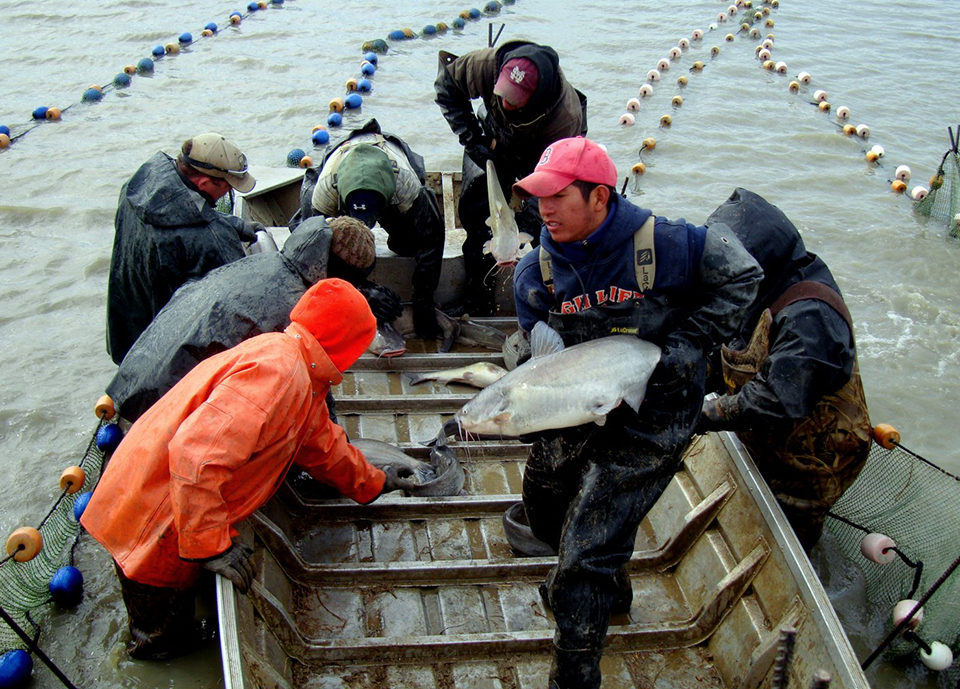
Improved performance
A study was initiated to compare hybrid catfish and channel catfish production performance in replicated 4-hectare earthen ponds in a commercial catfish production facility in Alabama. In December 2002, channel and hybrid fingerlings weighing 40 to 43 grams each were stocked at 14,500 fish/ha in 21 and 12 ponds, respectively, within an 11-day period. The fish were fed 32 percent-protein commercial catfish feed to apparent satiation two to three times a week in the spring (when water temperatures were low) and once daily after temperatures reached 25 degrees-C. A minimal dissolved-oxygen concentration of 2 ppm was maintained throughout the production period with paddlewheel aerators. The fish were raised until they reached a harvestable size of 0.60 kg.
This large-scale pond study demonstrated the superior production of hybrid catfish in earthen ponds. At the end of the study, the mean production of hybrid catfish was 30 percent higher than for channel catfish, survival was 19.3 percent higher, and feed conversion was 15 percent lower than for the channel catfish (Table 1). The production period to raise hybrid catfish to a marketable size was 266 days – much shorter than the 403 days required to produce marketable channel catfish in the study. A 1.25 percent improvement in fillet yield for hybrid catfish was also observed.
Chatakondi, Performance of channel and hybrid catfish, Table 1
| Catfish | Ponds | Initial Weight (g) | Final Weight (g) | Production (kg/ha) | Survival (%) | FCR | Production Days |
|---|---|---|---|---|---|---|---|
| Channel | 21 | 43.1a | 606a | 9,682a | 66.6a | 2.48b | 403b |
| Hybrid | 12 | 40.7a | 695a | 12,342b | 85.9b | 2.13a | 266a |
Around 75 commercial farms have raised hybrid catfish fingerlings in production ponds, and most have witnessed the improved performance of hybrid catfish. With good management practices, farmers can typically produce a single-season crop of 0.73- to 0.91-kg fish with higher yields of 3.6-6.8 metric tons (MT)/ha and feed-conversion rations of 1.7 to 2.0.
Higher production yields reduce the cost of production and help offset increases in feed, fuel and transport costs to sustain profitability.
Challenges
Although hybrid catfish have clearly demonstrated performance benefits, challenges to their wider adoption remain. Genetic improvements in the parent channel and blue catfish species could produce superior hybrids. There is need for cost-effective ovulating hormones to improve egg quality for greater hatching success, as well as optimized hatching and incubation procedures to reduce hatchery losses. In addition, disease, water quality and off-flavor problems persist in production ponds. In spite of these issues, however, U.S. catfish farmers will likely increasingly adopt hybrid catfish in years to come.
(Editor’s Note: This article was originally published in the March/April 2012 print edition of the Global Aquaculture Advocate.)
Author
-
Nagaraj G. Chatakondi, Ph.D.
Thad Cochran National Warmwater Aquaculture Center
USDA – ARS Catfish Genetics Research Unit
P. O. Box 38
Stoneville, Mississippi 38776 USA[118,111,103,46,97,100,115,117,46,115,114,97,64,105,100,110,111,107,97,116,97,104,99,46,106,97,114,97,103,97,110]
Tagged With
Related Posts
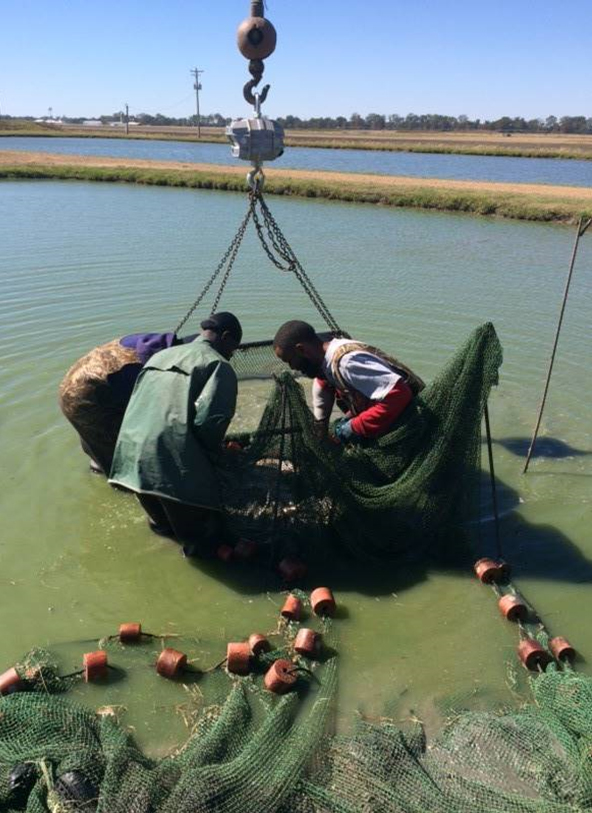
Aquafeeds
Evaluating commercial, dietary pre-, pro- and synbiotics in hybrid catfish
This study evaluated a commercially available prebiotics and probiotics under conditions simulating commercial production in hybrid catfish. Results showed that the various dietary treatments did not have any significant effects on processing characteristics or composition.
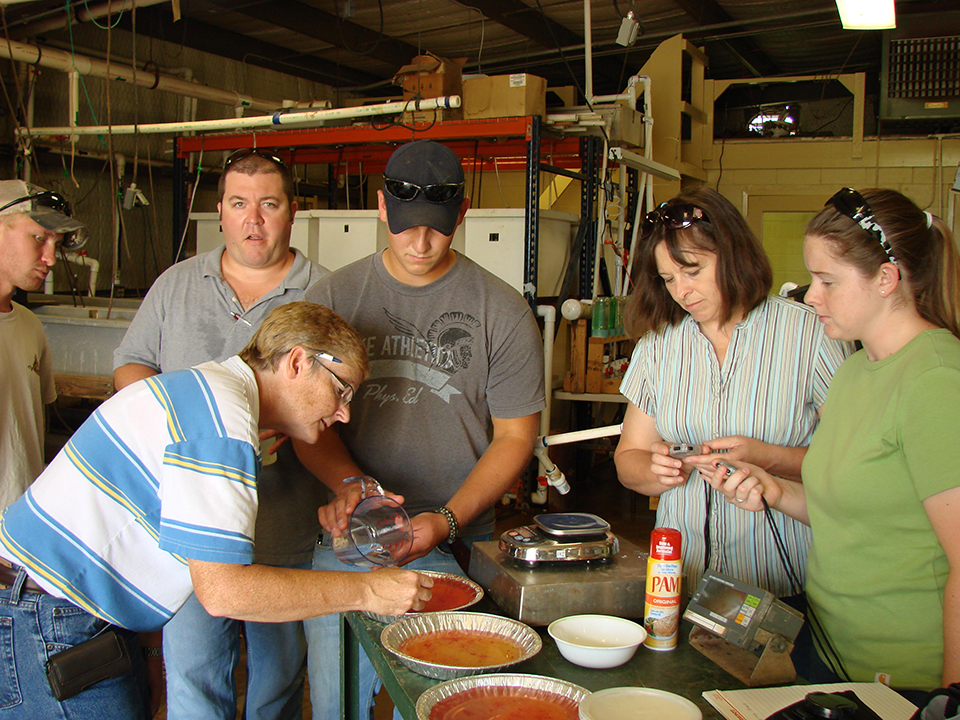
Health & Welfare
Evaluating hybrid catfish egg quality
A significant correlation was established between ovarian fluid pH of stripped eggs and subsequent hatch of hybrid catfish eggs.
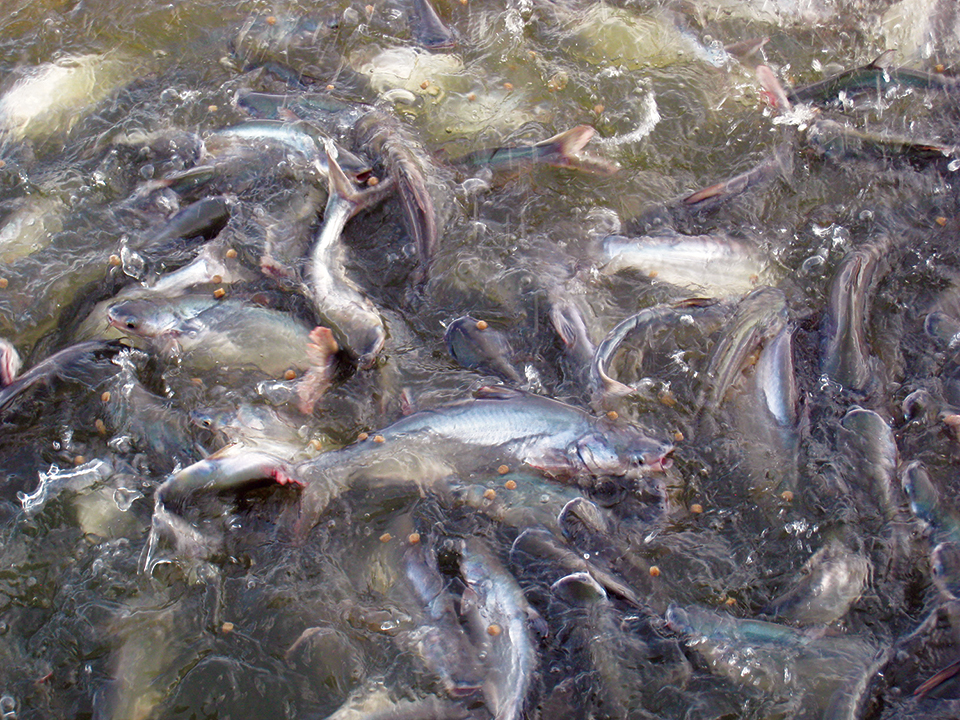
Health & Welfare
Amino acid supplementation reduces protein levels in pangasius diets
Trials show that supplementation with amino acids could reduce protein levels from a typical 28 percent to 23 percent in pangasius diets.
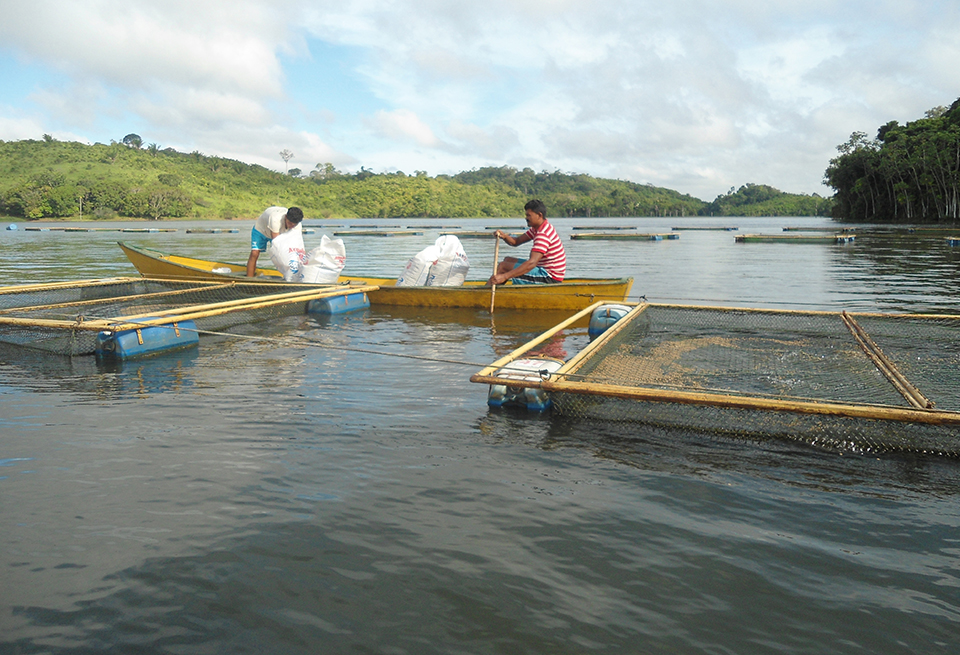
Innovation & Investment
Aquaculture planning, development in Brazilian federal waters
The aquaculture industry in Brazil is moving toward further expansion with the support of the federal government. A key strategy of the More Fishing and Aquaculture plan is the development of aquaculture in federal waters. The plan promotes sustainable development of fisheries and aquaculture by linking those involved and consolidating state policies addressing social inclusion, security and food sovereignty. Tilapia is the main farmed fish, although tambaqui and others have potential for large-scale production due to their wide acceptance by consumers.


